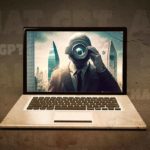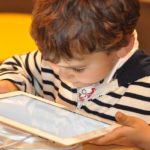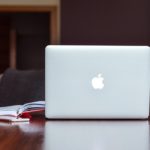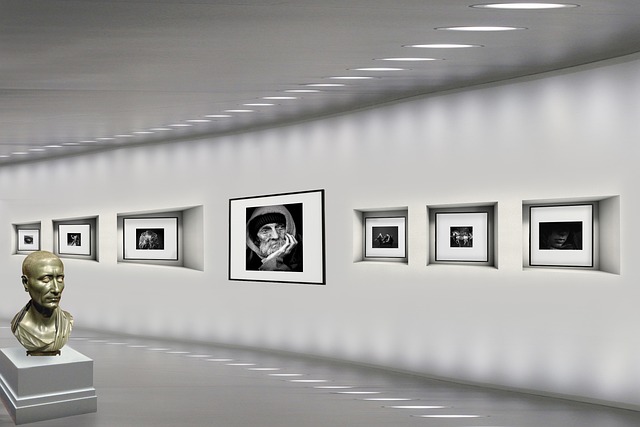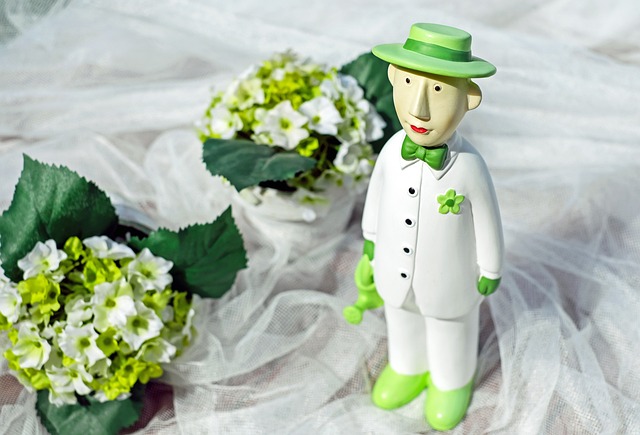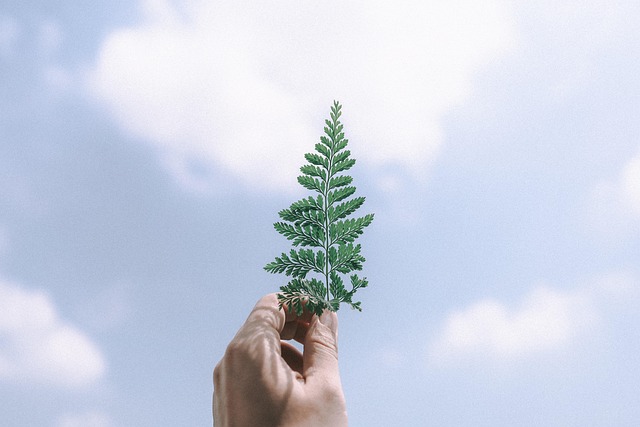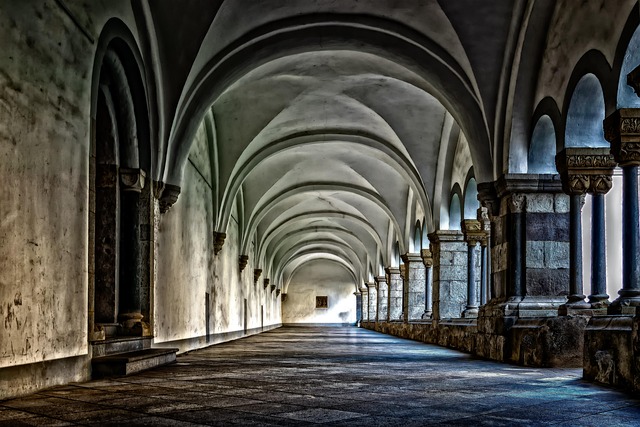# Exploring the Boundaries of AI Art: Merging Technology and Imagination in Visual Expression
The intersection of artificial intelligence and artistic expression has become a vibrant arena of exploration, challenging traditional notions of creativity and authorship. As AI technologies evolve, they increasingly influence the way artists conceive, produce, and share their work. This article delves into the nuances of AI art, examining its implications for creativity, the role of the artist, and the future of visual expression.
## The Evolution of AI in Artistic Creation
Artificial intelligence has transitioned from a theoretical concept to a practical tool in various fields, including art. Initially, AI systems were limited to basic functions, such as generating simple patterns or mimicking existing styles. However, recent advancements in machine learning and neural networks have enabled AI to create complex and nuanced artworks. The advent of generative adversarial networks (GANs) has been particularly transformative, allowing AI to produce original pieces that can rival human creativity.
Artistic styles can now be synthesized through algorithms that analyze vast datasets of existing artworks. Consequently, AI can not only replicate styles but also innovate by combining elements in unprecedented ways. For instance, programs like DeepArt and Artbreeder utilize neural networks to allow users to blend images and styles, resulting in unique creations that reflect both human input and machine learning capabilities. This fusion of technology and imagination has sparked discussions around the definition of art and the role of the artist in the creative process.
## Redefining Authorship and Creativity
As AI-generated art gains traction, the question of authorship becomes increasingly complex. Traditionally, an artist’s unique vision and personal experiences inform their work. However, when an AI system generates an artwork, who can claim ownership? This dilemma has prompted legal and ethical debates regarding copyright and intellectual property rights. In many cases, the programmer or the user who inputs the data may be considered the creator, yet the AI itself plays a crucial role in the final product.
Moreover, the creative process is being redefined. Artists now collaborate with AI, using it as a tool to enhance their vision rather than as a replacement for human creativity. This partnership can lead to unexpected outcomes, pushing the boundaries of imagination. For example, artists like Refik Anadol use machine learning to create immersive installations that respond to real-time data, blurring the line between creator and creation. Such collaborations challenge the notion of a singular artistic voice, emphasizing instead a collective experience shaped by both human and machine.
## The Future of AI Art: Opportunities and Challenges
Looking ahead, the potential for AI in the art world is vast, yet it is accompanied by significant challenges. One of the primary opportunities lies in democratizing art creation. With accessible AI tools, individuals without formal training can express their creativity, leading to a diverse range of artistic voices. This democratization fosters inclusivity and invites new perspectives that enrich the artistic landscape.
Conversely, concerns about the commodification of art and the potential loss of human touch are prevalent. As AI-generated artworks become more prevalent, questions arise regarding the value of art and the emotional connection that often accompanies human-created pieces. Some critics argue that AI lacks the capacity for genuine emotion, reducing art to mere algorithms and data points. This perspective raises important considerations about what constitutes meaningful art in an age dominated by technology.
Furthermore, the sustainability of AI art practices is a critical issue. The energy consumption associated with training AI models can be substantial, prompting discussions about the environmental impact of digital art production. Artists and technologists alike must grapple with these challenges to ensure that the integration of AI into the art world does not come at the expense of ecological responsibility.
## Conclusion: Navigating the New Artistic Landscape
In conclusion, the merging of technology and imagination in visual expression through AI art represents a transformative shift in the creative landscape. As artists and technologists navigate this new terrain, they are not only redefining what it means to create but also challenging established norms around authorship and value. The evolution of AI art invites us to reconsider our relationship with creativity, urging a dialogue that embraces both innovation and tradition.
Ultimately, the future of AI art will depend on how society chooses to engage with these technologies. By fostering a collaborative environment where human creativity and machine learning coexist, we can explore the full potential of artistic expression in the 21st century. As we venture further into this uncharted territory, it is essential to remain mindful of the ethical implications and to champion the diverse voices that emerge from this exciting intersection of art and technology.



